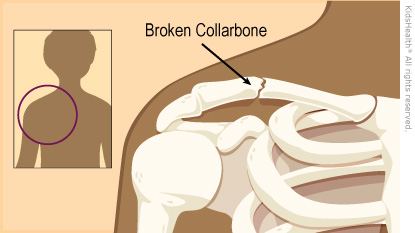Find a Provider
From well-child visits to specialized treatment of complex illnesses and injuries, we offer comprehensive care from an exceptional team of doctors, nurses and allied professionals.
- Parents Home
- Para Padres
- A to Z Dictionary
- Allergy Center
- Asthma
- Cancer
- Diabetes
- Diseases & Conditions
- Doctors & Hospitals
- Emotions & Behavior
- First Aid & Safety
- Flu (Influenza)
- Food Allergies
- General Health
- Growth & Development
- Heart Health & Conditions
- Homework Help Center
- Infections
- Newborn Care
- Nutrition & Fitness
- Play & Learn
- Pregnancy Center
- Preventing Premature Birth
- Q&A
- School & Family Life
- Sports Medicine
- Teens Home
- Para Adolescentes
- Asthma
- Be Your Best Self
- Body & Skin Care
- Cancer
- Diabetes
- Diseases & Conditions
- Drugs & Alcohol
- Flu (Influenza)
- Homework Help
- Infections
- Managing Your Weight
- Medical Care 101
- Mental Health
- Nutrition & Fitness
- Q&A
- Safety & First Aid
- School, Jobs, & Friends
- Sexual Health
- Sports Medicine
- Stress & Coping
Broken Collarbone (Clavicle Fracture)
What Is a Broken Collarbone?
Your collarbone (or clavicle) is the bone that runs horizontally between the top of your breastbone () and shoulder blade (scapula). You can feel your collarbone by touching the area between your neck and your shoulder. A broken collarbone, also called a clavicle fracture, is when this bone breaks.
How Do Broken Collarbones Happen?
People can get a collarbone fracture by falling hard on a shoulder or an outstretched arm, or if their shoulder hits against something or someone (for example, while playing contact sports like football, wrestling, rugby, lacrosse, and hockey).

What Are the Signs & Symptoms of a Broken Collarbone?
Someone who breaks a collarbone may have:
- pain over the collarbone
- trouble moving or lifting the arm or shoulder on that side
- swelling, tenderness, and bruising along the collarbone
- skin sticking up or "tenting" above the break
How Are Broken Collarbones Diagnosed?
To diagnose a collarbone fracture, health care providers ask about how the injury happened, do an exam, and order X-rays.
How Are Collarbone Fractures Treated?
Most broken collarbones heal with ice, arm support, pain medicine, and exercises. The arm is supported either by a sling or a shoulder immobilizer. A shoulder immobilizer is like a sling but it also has a strap that goes around the waist.
As you start feeling better, your health care provider may recommend some exercises or physical therapy to help improve strength.
Call your health care provider if your pain or swelling gets worse.
Will the Collarbone Heal Straight?
Even if the broken bones aren’t perfectly lined up, the body usually can make them straight again. That's because the collarbone has a thick periosteum (outer liner on the bone). The collarbone periosteum doesn't usually break, so it acts like a sleeve to hold the bone together while it heals. Rarely, the doctor might recommend surgery if the broken bones are very out of line.
Sometimes while the broken collarbone heals, there is a bump where the bone was broken. Sometimes the bump doesn't fully go away. But it doesn't hurt or cause other problems with the arm or shoulder.
When Can I Go Back to Sports?
Your health care provider will see you again and let you know when it's OK to go back to sports. Usually, this is when:
- There's no pain when the health care provider presses on the collarbone.
- Your shoulder strength is normal.
- You can move and use the arm and shoulder without pain.
- In general, people can go back to noncontact sports (such as running or swimming) in about 6 weeks and contact sports (such as football, lacrosse, and hockey) in 8–12 weeks.
Can Broken Collarbones Be Prevented?
Because collarbone fractures happen suddenly and unexpectedly, it can be hard to prevent them. But to decrease your risk:
- When playing contact sports, wear all the recommended protective gear and learn the proper techniques for your sport.
- Keep your bones strong by eating a well-balanced diet. Be sure to eat lots of vegetables and foods that are rich in calcium and vitamin D to help build strong bones.
- Do strength training and stretching to build strong, flexible muscles. Muscles that are strong and flexible will help support your bones better and keep you agile and less likely to experience a hard fall. A proper warm-up, including dynamic stretching exercises, can help your muscles perform at their best during play.
- Wear well-fitting, supportive footwear that's right for your sport.
What Else Should I Know?
Most broken collarbones heal quickly and completely. Within a few months, you should be back to doing all the things you enjoyed before the injury.

© 1995- The Nemours Foundation. KidsHealth® is a registered trademark of The Nemours Foundation. All rights reserved.
Images sourced by The Nemours Foundation and Getty Images.


